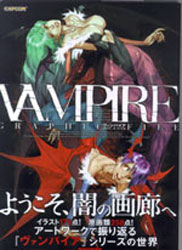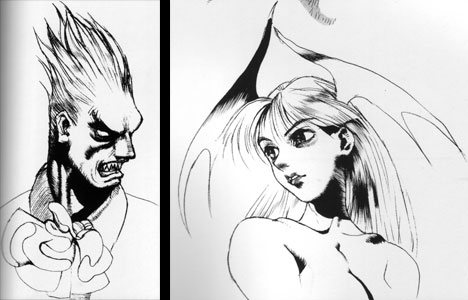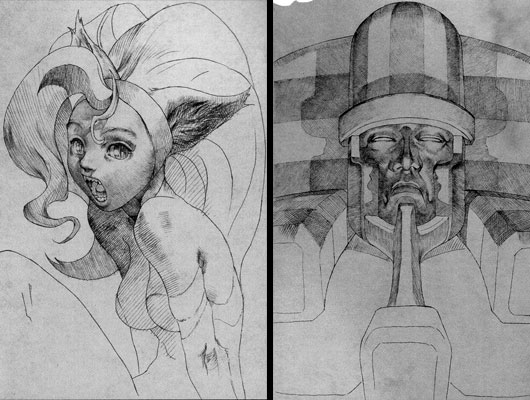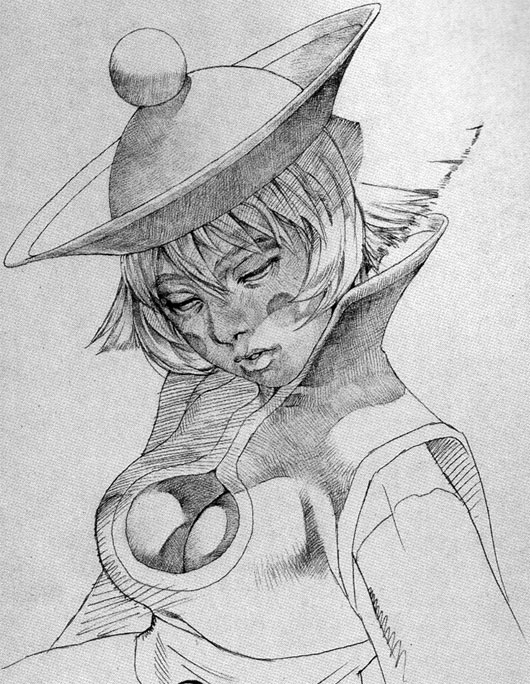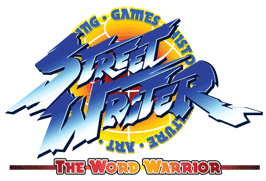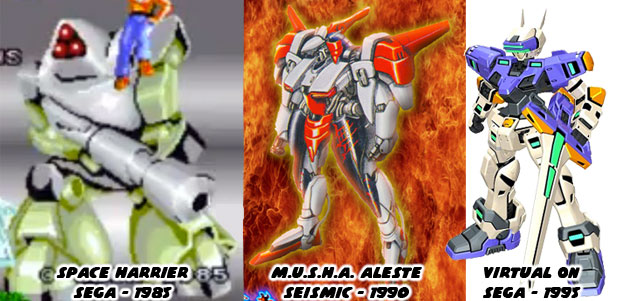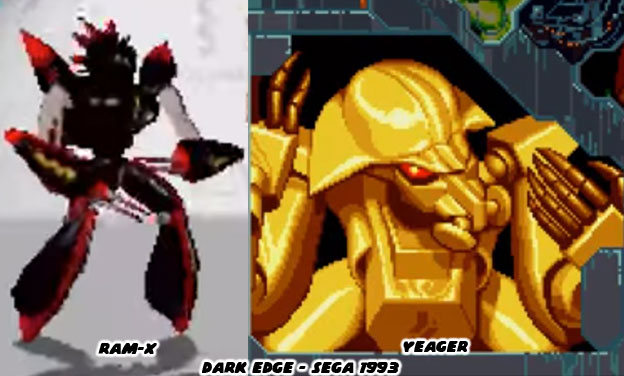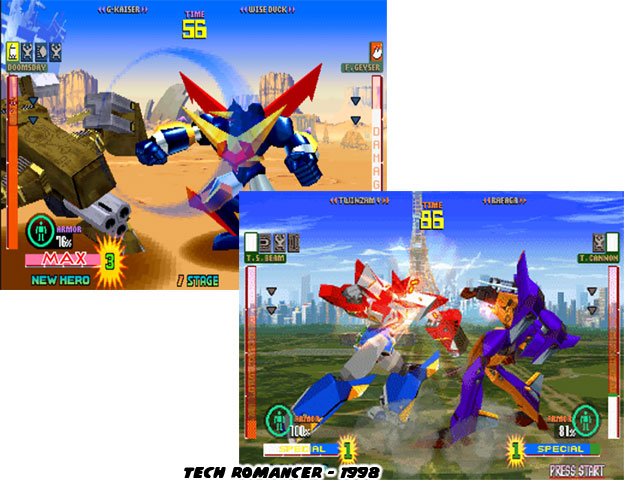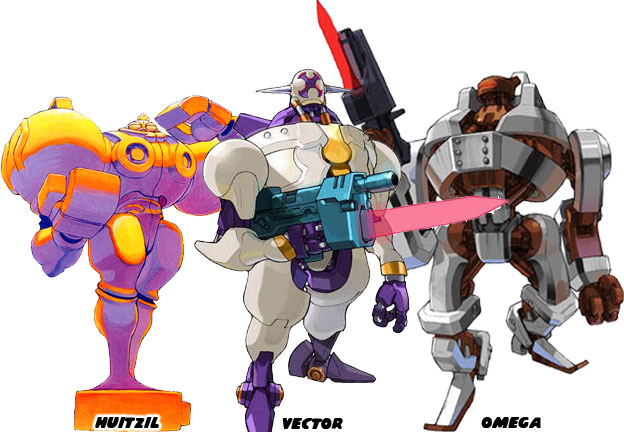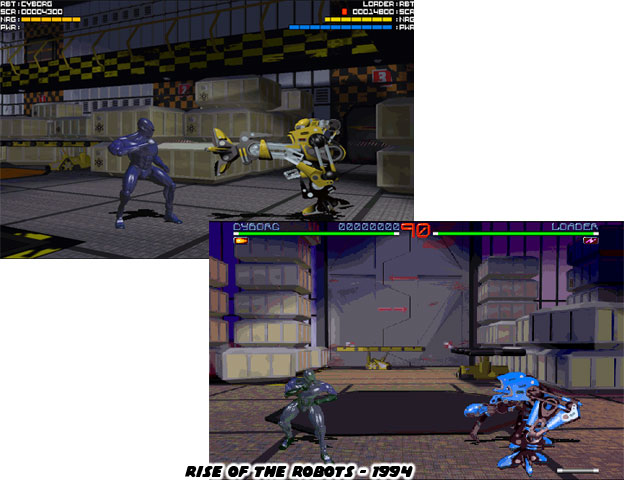I've been pretty quiet these past few months on the characters unveiled for Street Fighter V. However seeing as the majority have been announced I think we can start talking about them. Let's start with the newest character F.A.N.G. Let's put down the initial impressions of him. The character is dumb, he is ugly, he is insincere and has no redeeming factors.
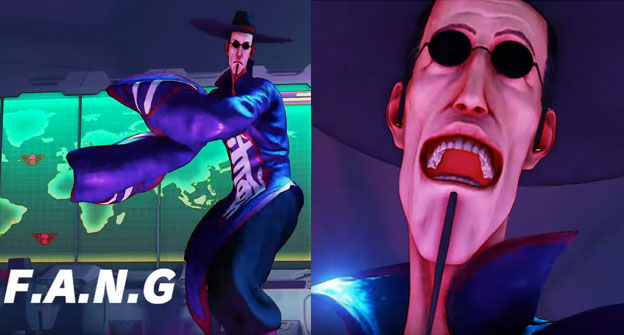
I think it would be safe for me to say that F.A.N.G. is the new Rufus. He is a character that is so over-the-top, that is so beyond the conventions of the other Street Fighter characters that he simply doesn't belong in the game. This is really saying something considering that a rubber-limbed Indian and a green-skinned Brazilian wild man are considered some of the great all-time characters. So what is it about F.A.N.G. that doesn't work? Well his design is a sort of polar opposite of Rufus. Instead of a big, fat and dumb US character we have a tall, skinny and sneaky Chinese character. In either case we have extremes in stereotype, extremes in caricature that say a lot more about the producer and director of the game than of what Street Fighter has become.
Yoshinori Ono should be taken to task for every character, every design that makes in into the game. He was the one
that pulled the Black Cobra and made a strong black character into a fat white character. The excuse was that he thought it would be funny to put a fatty into the game. He was the one that made sure that the Turkish character was beet red and obsessed with oil, he was the one that made sure that the masked Mexican wrestler named every move after a Mexican dish. He made sure that the
returning black character in Street Fighter V was turned into a fat slob. And now the joke is that a tall skinny Chinese character is flying around the screen like a pelican. Stop and think about how he has presented the British, Japanese, white and female characters that are returning to the series. Is there any bias, whether intended or not, in his decisions?
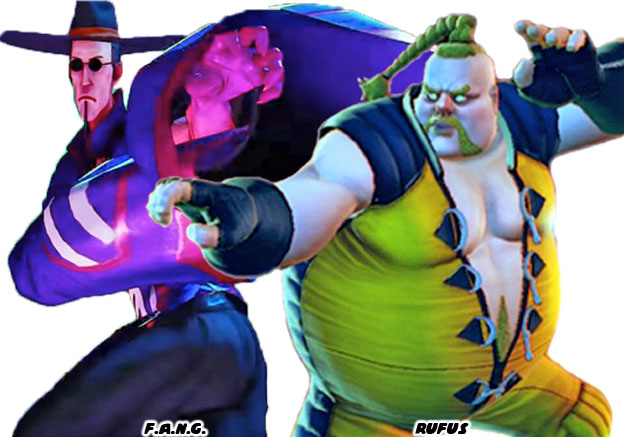
As the producer Mr. Ono has the final say as to how the game is going to present itself. He has a reputation for being a funny guy, always kind to his fans, but very silly at the same time. This silly humor has found its way into the game in how the characters act, how their special moves appear and even with the constant use of breaking the fourth wall. The Street Fighter games that came before Mr. Ono were considered templates for great design. The ones that came after certainly looked nice and were well balanced but they did not contribute as much to the genre as the earlier titles. This is especially true with the appearance of F.A.N.G. I know some people read my blogs because I try and understand the roots of a character's design. The long sleeves given to his costume are more akin to Chinese opera than a traditional kung-fu uniform or even classic Mandarin robe.

The combination of sunglasses and robes has been seen many times before in film and television. Sometimes detectives set in pre-cultural revolution China wear fedoras and sunglasses while tracking down criminals. However in film the majority of those wearing the sunglasses and robes are villains. They are often mob bosses if not mob enforcers. A good example of these dangerous characters can be seen in the film Kung-Fu Hustle. The harpist assassins as played by Gar Hong-hay and Fung Hak were mysterious agents sent to kill some kung-fu masters. Their traditional costumes were nondescript. They seemed harmless until they unveiled their secret techniques. Of course there was nothing subdued about F.A.N.G.'s costume. The colors and cut on his robe were as flamboyant as his personality. Instead of a modest hat he wore the widest brim possible.
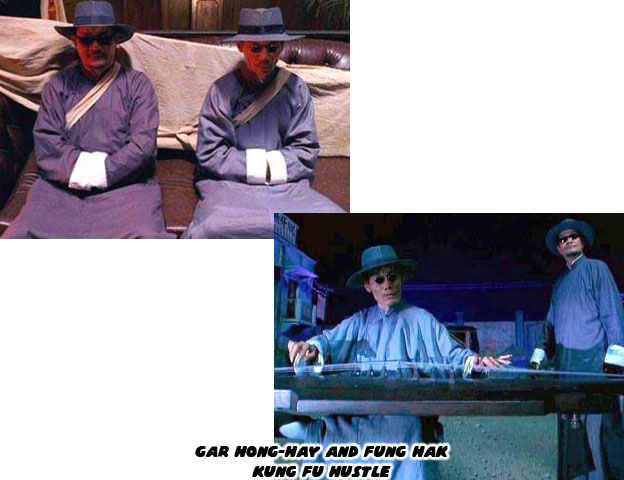
There was a reason why F.A.N.G.'s design had to be super exaggerated. Every character in the Street Fighter universe had been presented in a costume that looked traditional on a superficial level. Karate masters after all did not walk around with torn sleeves, and female masters of wushu did not really wear wrestling boots and spiked bracelets. F.A.N.G. had a costume that at first glance looked like a traditional robe and hat. But the more you looked at his costume the more you realized that they were as exaggerated as his proportions. F.A.N.G. wasn't just skinny, his head appeared as if it had been squeezed by a vice grip. His costume shared the same qualities, he didn't just have long sleeves, they could double as wings if he flapped his arms fast enough. It was absurd of course but also par the course for Street Fighter character designs.
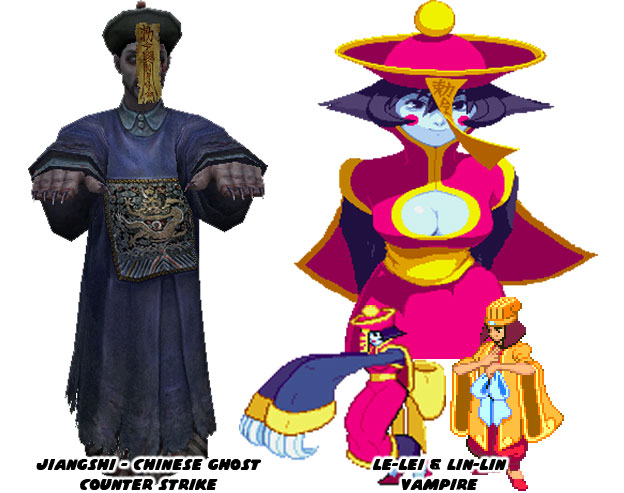
Traditional Chinese costumes had been used for generations in pop culture. Whether they were in a movie, comic book or cartoon, the classic Chinese tunic had been seen many times by audiences and not solely on Chinese people either! These costumes were even finding their way into game designs. The Jiangshi for example were zombie-like Chinese ghosts. They could be summoned to life with a special talisman placed on their head. Since they were dead and rigor mortis had set in they had limited use of their limbs. Rather than shuffle around like a zombie these monsters had to hop around like rabbits. Read about it on the
Chinese Ghost Primer. The jiangshi turned up in a number of modern games, for example you could fight them in
Sleeping Dogs, specifically the DLC called Nightmare in North Point. The costumes and designs of the undead were stylized in the fighting game Vampire / Darkstalkers by Capcom. The sisters Lei-Lei & Lin-Lin aka Hsien-Ko and Mei-Ling wore very bright (and revealing) versions of the classic robes. The costume given to F.A.N.G. was no more different than what Capcom had done previously. At first glance it had the appearance of a traditional costume however upon further inspection it was something else entirely. Yet the costume, weird moves and silly personality were only part of the reason why F.A.N.G. didn't really inspire me.
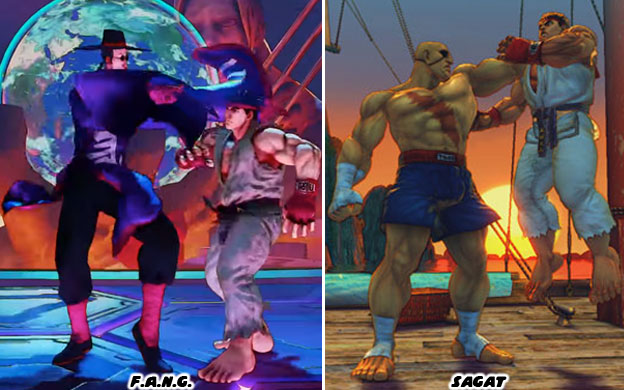
In the reveal trailer we could see several things about the character. He was goofy and lanky of course but he was also quite tall. In fact he appeared to be as tall as Sagat, the once world champion. And like Sagat this new character was marking a place for himself in the pantheon of Shadowlaw / Shadaloo villains. In the reveal trailer there was a level that was set inside of a secret base. In the background there was a statue celebrating the leader and "generals" of Shadowlaw. Sagat was previously the second-in-command to Vega "the Dictator." Yet during Street Fighter V there is no sign of Sagat, not only that but his visage would not be in the background details either. Instead the bust of F.A.N.G. had been carved out of a mini Mt. Rushmore.

This flew in the face of everything that had been established about Shadowlaw from many years earlier. Whether it was mentioned in the game, in the comics or supplemental material The other generals were dangerous fighters in their own right. In propaganda posters, in Shadowlaw art the four figures were placed side-by-side in a show of solidarity. The generals looked intimidating but there was something about F.A.N.G. that did not match the gravitas of the earlier bosses. A one-eyed, seven-foot, muay thai fighter was a sight to behold. A seven-foot, flamboyant Chinese kung-fu master was also a sight to behold, but not for the same reasons. Why the designers working on Street Fighter V would replace the legacy character Sagat with F.A.N.G. didn't make much sense. Why they would go out of their way to erase any hint of Sagat was frankly insulting.
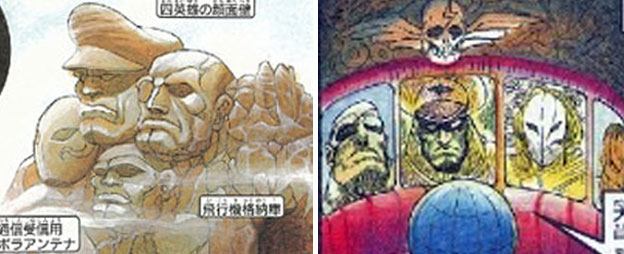
What were the roots of F.A.N.G. and why was he so bad? Was there anything about the character that might work? These are things that we can explore in the next blog. Right now I'd like to read your thoughts on the character. As always if you enjoyed this blog and would like to sponsor me
please visit my Patreon page and consider donating each month, even as little as $1 would help make better blogs and even podcasts!
